|
As you can imagine, full-time RVing offers a lot of opportunities for out-of-the-ordinary experiences. After all, you can wake up in a different city or state any day of the week, depending on your travel. And no two locations or RV setups are exactly alike. Bundling up to make morning coffee because it’s 42 degrees in the trailer is certainly unusual. But among our travels in 2020 — from the beautiful Pacific Northwest to the windy plains and farmland of the Midwest, to the small towns and prominent history of the East, to the slower pace of the South — three experiences stand out as the most unique: 1. Vacuuming Out Our Holding Tanks You know the saying: “When you gotta go, you gotta go.” The same applies to emptying RV holding tanks: “When they’re full, you gotta dump them.” Well, when you’re set up in a location for an extended period of time and don’t have sewer hookups, you might have to get creative with how you deal with that emptying imperative. As with most things, there are multiple ways to address this endeavor. The most obvious would be to close down our trailer, hook it up to the truck, and tow it to a dump station. But we had another option: have a company that regularly empties and cleans porta-potties come to our trailer (for a fee, of course) and suck the contents out of our tanks into a holding tank on a truck for transport to a sanitary dumping facility. We went for option No. 2. A young guy met us at our rig and proceeded to hook up the hoses on his truck to our holding tanks, flip a switch, and vacuum out the contents. We looked on while the guy took care of our mess — and we didn’t even have to close anything up in the trailer. It cost more than a dumping station would, but the convenience was well worth the extra price. 2. Corn Palace In the small town of Mitchell, South Dakota, stands the world’s only Corn Palace, which got its start in 1892 as a gathering place for locals to enjoy a fall festival in celebration of a successful crop-growing season and harvest. Every year, the outside of the palace showcases a new theme designed completely out of corn — 12 different shades of corn. The theme for 2020: South Dakota Home Grown. Murals inside the facility also reflect the year’s theme. And the upper level of the interior displays pictures of the previous themes all the way back to the beginning, so you can see the progress throughout the palace’s history. You’ll find corn-made items inside as well. We saw a “corny” pair of sneakers emblazoned with the grain, as well as some tools and other things. A corn-themed gift shop culminates the unique experience, where you’ll find all kinds of corn-related souvenirs to commemorate your visit. 3. Sight & Sound Theatre Having met as light technicians, we have an affinity for live productions. We enjoy going to the local theater and watching a play come to life right before our eyes. Our kids were involved in plays and musicals in high school, and we took pleasure in attending those performances as well.
But nothing compares to the phenomenal live performance we experienced at the Sight & Sound Theatre in Lancaster, Pennsylvania. I started snapping pictures before we even parked, finding the outside beauty of the building mesmerizing. When we walked in, the scent of roasting almonds filled our nostrils, beckoning us to sample the novelty. So, of course, we obliged. After navigating to our seats in the third row, stage right, we settled in to take in our surroundings, confident we were in for a special treat. Once the production started and the curtain opened, the stellar acting and sets captivated our attention. But then, the side walls disappeared to reveal an extended set and more actors on each side. You’ve likely heard of theaters in the round, where the stage is surrounded by seats so every person has a good view of the action, regardless of where they sit. This had that same feel, but on a much larger scale. We look forward to visiting again the next time we’re in Pennsylvania or Branson, Missouri (their other location).
6 Comments
You know you have a good thing going when you’re away from your RV for two weeks and miss being home. That’s a nice surprise of our new lifestyle. Dorothy said it best in “The Wizard of Oz”: “There’s no place like home.” In addition to that revelation, here are the top surprises from our first six months of RV living: 1. 400 square feet is more than enough space. The living area of our fifth wheel doesn’t sound like much, but it’s just enough for the two of us. We have everything we need: a living room, kitchen and table, bedroom, bathroom, and a dedicated office — even enough space to entertain. It’s easy to take care of and keep clean, and it feels homey. We really enjoy it. 2. We have more than we need or use. When you set out on a major adventure, you likely have an idea of what equipment you’ll need. We did. And it’s always better to be over-prepared than under-prepared, right? But thinking about inventorying the things in our trailer we haven’t touched since we left the Phoenix area in May sounds like work. We have more unnecessary things than I’d like to tally. There are the fishing poles, DVDs, certain clothes, some dishes, and plenty more. And we didn’t even fill up all the space our rig has to offer. 3. Solid friendships traverse time and distance. It truly is a small world — and country. Traveling across it and reconnecting with friends and family we hadn’t seen in months and years reminded us of the depth of those relationships. The time apart didn’t matter. We made new connections and rekindled longtime friendships, picking right up where we left off. 4. Truckers are our friends. Semi-trucks (tractor-trailers in the East, where Bob grew up) were one of the best sights for us to see on any road. If truckers who travel regularly drove the roads we were on, it gave us confidence we could make it on those same avenues — because our rig is only 3 inches shorter than a semi. Seeing trucks at rest areas and travel stops gave us that same level of confidence for the same reason. 5. Rest areas are quieter at night than we thought. At the onset of our RV journey, the thought of sleeping in our rig in the parking lot of a rest area didn’t sound very attractive. Vehicles going in and out of the stop every so often would surely keep us awake. And, knowing we’d have to park where truckers park because of the length of Gulliver pulling Tagalong just added to the certainty of the din. While traveling across the country to stay ahead of some storms, however, we quickly learned otherwise. Wanting to cover a lot of ground in a few days’ time necessitated overnight stays close to the highway. As you probably guessed, rest areas made the perfect stops. And we slept just fine, unbothered by the drone of the diesel truck engines. 6. Even though our rig is made for full-time living, things break. Not all RVs are created equal. Some are made to be taken out for a short weekend trip, or even for up to two weeks or a month at a time. Others are more robust, designed for full-time living. But no matter the durability behind the construction, all of them are susceptible to things breaking.
Someone summarized it well: Our home experiences a mini earthquake every time we take it on the road. Highways aren’t designed for transporting your home every day, or even occasionally. Just as things break in earthquakes, they break in our rig and require fixing. Our downtime from traveling during these winter months gives us the perfect opportunity to address those issues (some have to be dealt with right away) — and dwindle down our belongings. In our first five months living full time on the road, we traveled nearly 8,000 miles, averaging 294 miles per trip and staying in 27 different locations — not including the two weeks we spent in Montana on tour with the Commemorative Air Force B-25 from Airbase Arizona. That 8,000 miles doesn’t include all the running around we did in Gulliver while set up in a location. In our longest trek, we covered 667 miles in about 13.5 hours, including stops, as we rushed back to Arizona early to be with family. Our shortest distance: 28 miles in Massachusetts. We stayed at a truck stop the night before because we didn’t want to be rushed when setting up at Bob’s brother Bill’s. It made for an easy drive the next day and plenty of daylight to get our setup just right. Our 27 stays included:
We liked the various stays for different reasons. For example, rest areas make a nice overnight stop when traveling a long distance. The same with casinos, Cabela’s, and Walmart. Here we outline our favorites among the first four types of stops listed above: Favorite Moochdocking Stay We greatly appreciate all the people who generously hosted us and allowed us to hook up to water and electric as needed. We enjoyed spending time with friends and family at each of those destinations. But if we had to pick a favorite moochdocking stop from this past summer, it would be my cousin’s farm in southwestern Michigan, where we stayed for a full month. Getting a little taste of farm life — literally — edged out the other stops. The farm is also where we picked up the little electric bikes we ordered, which were super fun to ride around there. Favorite Rest Area We overnighted at rest areas in Tonopah, Nevada; Orovada, Nevada; Rock Springs, Wyoming; Lexington, Virginia; and Jasper, Tennessee. Of those five stops, the Tennessee Welcome Center in Jasper was definitely our favorite. This rest area sits on an island in the Tennessee River and features beautiful sunrises over the water. Plus, it boasts a building with a Keurig and a vending machine of K-cups, as well as other vending machines. This coffee option may be commonplace at rest areas today, but it was the first one we saw. Favorite Campground I really liked the Great River Campground at the edge of Minnesota, near the Wisconsin border. Unfortunately, the low-hanging branches on the way into the campground ripped our roof (because I didn’t have our TV antenna facing the right direction), so we didn’t get to give the site a good try. We left after one night to avoid storms. Instead, Four-Mile Creek State Campground on Lake Ontario in northern New York proved to be our favorite of the summer. Although our campsite didn’t overlook the water, we enjoyed riding our bikes around the campground loops to areas with lake views. We also had a campfire there for the first time on our trip. And, it served as an excellent jumping-off point to visit Niagara Falls. Favorite Boondockers Welcome Stay We’re still learning the benefits of this option after only staying at two of more than 2,600 Boondockers Welcome hosts. Our favorite stop of this sort would have to be our first, at Lynnwoods Rest Stop in Fremont, Ohio. The host provided full hookups (for a small fee), visited with us for a bit, and made us feel right at home. Situated in a farm area, the stop provided an excellent opportunity for us to take our bikes out and go exploring down a cornfield-lined street. That’s not to say our other Boondockers Welcome stay was subpar. Quite the contrary. We were so relaxed at that one that we didn’t even leave our trailer for two days. Just enjoyed some much-needed downtime. Favorite State Although we drove through 24 states, we could only add 19 to our map because we didn’t spend a night in five of them. Of those we did stay in, our favorite would have to be Pennsylvania.
We moochdocked at the grandparents’ of a girl we met in Guatemala last fall on our Panama Canal cruise. We appreciated visiting with our welcoming and delightful hosts every evening. We probably explored Pennsylvania more than any other state we toured over the summer, venturing into Gettysburg, Lancaster, and Philadelphia — and glimpsing autumn leaves in the process. Although we had owned a popup trailer and a hybrid travel trailer (hard-sided with fold-out, canvas-covered beds) in the past, living full time in our fifth wheel presented new challenges. For one thing, the fifth wheel is the longest rig we’ve ever towed, stretching about 42 feet. It’s also the tallest — just 3 inches shy of the height of a standard semi-truck. Our size on the road certainly played a part in some of our scariest moments in our first five months on the road. Here, we count down the top five: 5. Windy Night in Oklahoma After four calm, relaxing days at a friend’s farm near Oklahoma City, the wind picked up. Having lived through some incredibly windy days in South Dakota just fine, we didn’t think a whole lot of it. But the theme song from the “Oklahoma” musical kept playing through my head: “Where the wind comes sweepin’ down the plain.” Settled in for the night, we were shaken awake at 1 a.m. by the howling wind moving the trailer. I knew I wouldn’t be able to sleep with that sound playing right outside my bedroom, so I got up to explore how the rest of the trailer was faring. It seemed quieter in the living room, so I thought maybe I’d just go down there and sleep on the couch. I also checked the weather app on my phone, which predicted the wind would increase in intensity over the next hour. We weren’t afraid the trailer would blow over, but we decided it would be best to pull in all four slides to get through the night. So, that’s exactly what we did. We had to move some things to make room for the slides to come into the trailer, but then we were able to get back to sleep. Although the wind kept howling, we didn’t hear or feel it. 4. Cattle Guard Collision We expected to make mistakes as we started our new life on the road. After all, as Albert Einstein said, “Anyone who has never made a mistake has never tried anything new.” Despite that, we didn’t expect to make a huge error on our very first stop. As we pulled off the main road onto a forest road north of Flagstaff, Arizona, we had to cross a cattle guard. Unlike most cattle guards that have outer supports angled away from the road, this one had 90-degree supports. We didn’t take the turn wide enough to clear those supports. As a result, the side of the trailer hit the cattle guard while I watched in my rearview mirror. I jumped out to survey the damage and try to determine the best way to get us out of the jam. We had two choices: go forward or reverse. Bob thought we had the best chance if we moved backward and tried to take the turn wider. He proceeded to do that while I stayed outside watching and listening to the sound of aluminum grating against steel — and pulling my hair out. This was our house, everything we owned. I didn’t want it destroyed on our very first stop, not that I wanted it destroyed at all. I screamed and kicked rocks, but there was really nothing I could do. The damage had been done. Once clear of the cattle guard, Bob got out to assess the damage. It appeared to be cosmetic only. Thankfully, his assessment turned out to be right. Everything was still functional.  3. Bob’s Head Injury You never want something bad to happen to your loved ones. That’s doubly true when there are only two of you, and you rely on each other for your livelihood. While in Georgia, Bob somehow managed to scrape his head while crossing under the bedroom of the fifth wheel. He hit the corner of the hard steel that holds the fifth wheel kingpin that connects to the hitch in the bed of our truck. I hadn’t seen that much blood from a single wound before. Lots of thoughts funnel through your mind at a time of unknowns like that — at least they do mine. I didn’t know if the hospital would need to keep him (although I didn’t think so), how sore he’d be, if he’d be on pain meds, etc. Although we had intended to leave for our next destination the following day, I quickly made backup plans in my head. I could drive if needed, or we could stay longer and make up the time somewhere else along the way. Thankfully, Bob only needed three staples and a tetanus shot, and we left the hospital emergency room less than an hour after arriving there, with a prescription for an antibiotic but no pains meds other than Tylenol. We left Georgia the next day, as planned. 2. A Steep Grade in NV with No Guardrail Early in our summer adventure, we took Highway 140 from Medford, Oregon, to a rest area near Winnemucca, Nevada. We enjoyed the quiet, largely uninhabited, two-lane road that led us through beautiful scenery. And then we didn’t. We could see for miles and, in the distance, the road clearly made a sharp turn and dramatic climb. We chuckled as we anticipated approaching the ascent, clueless about what awaited us. As we followed the road into the turn, the 3-mile climb began. Gulliver’s mpg gauge dropped to 2 — and so did the guardrail. There wasn’t one. One wrong move, and we could fall off the cliff. Talk about scary — and I was driving! In no hurry, we took our time on this treacherous road and breathed a sigh of relief once we made it to the top. “Slow and steady wins the race.” 1. Narrow Switchback Road in TN
The Oregon road definitely had us shaking in our boots, but we found a different road even scarier. Traveling from Virginia to visit some friends just south of the Tennessee border in Georgia, our Co-Pilot app routed us through a narrow, curvy road (Route 30). Because we had grown to trust our Co-Pilot app, we followed its guidance. Had we taken the time to look at the route the app suggested, we definitely would have found an alternative. My head pounded as Bob’s white-knuckled hands gripped the steering wheel turning us this way and that. Low-hanging branches didn’t seem to be an issue — the app got that part right. But, the tight two-lane road lacked a shoulder on either side. We couldn’t pull over if we had to. And the length of our rig made some of the turns impossible without going into the oncoming lane. Thankfully, we didn’t encounter much traffic that day and made it through the scary episode. We agreed we’d rather go an hour out of our way than to travel down that road again. It took us a good full day to recover from the stress of that journey. Acquiring the recreational vehicle you want is only one step of owning it. After that comes the best part: taking it out and using it. For that, it’s important to know your options. Here are three major types of RV camping: 1. Full Hookups When you think about camping in an RV, an established campground may be the destination that comes to mind. And there are plenty of good campgrounds from which to choose. But they’re not all created equal. Some include full hookups, which means you can plug into an electrical box, connect fresh water to your rig, and hook up your sewer hose. This “all-inclusive” option is sometimes referred to as “glamping,” or glamourous camping, because it provides all the normal luxuries you’re likely accustomed to. This is the type of “camping” we did when we first moved into our fifth wheel. We parked it at a mobile home/RV park with all the bells and whistles, which provided the perfect setting for us to move our belongings into our new home, get used to it, and fix up a few things. It’s also the type of camping we did in Sioux Falls, South Dakota, which freed us to spend more time with my parents, who were about a 10-minute drive away. Pros:
Cons:
2. Boondocking Also referred to as “dry camping,” boondocking is the opposite of glamping. This is a much more rustic option with no hookups whatsoever. That means you have to run your rig off batteries, solar panels, generators, or a combination of these sources of energy. For us, it means our microwave doesn’t work, among a few other things. And it’s definitely not glamping without a microwave. You can find boondocking options in some campgrounds, but you have many more (free) opportunities on Bureau of Land Management (BLM) land, national forests, and places like that. Some websites, such as Campendium and freecampsites.net, are dedicated to helping campers find these options. We boondocked in northern Arizona and really enjoyed being in nature, despite dust. Our site was private, remote, and refreshing — and close enough to the city when we needed supplies. We also boondocked one night at a Minnesota campground with no hookups on the Mississippi River and relished the beautiful view. Pros:
Cons:
3. Moochdocking
This is a bit of a hybrid of full hookups and boondocking. Essentially, moochdocking is camping on the property of family or friends for free. As Bob likes to explain, “It’s where we ask, ‘How big is your driveway?’” Moochdocking is what we’re doing at my cousin’s farm in Michigan. We have a sweet setup on the property with an electric hookup, access to water when we need it, and even a place to dump our black and gray water holding tanks. Not wanting to take advantage of family or wear out our welcome, however, we’re helping around the farm and keeping track of the amount of electricity we use so we can pay for it. After all, it’s hot and humid in southwestern Michigan in July, which means we’re running our air conditioner. Pros:
Cons:
What’s Our Favorite RV Camping? These three types of RV camping are not the only options. Many others combine different pieces of each. For example, you can find campgrounds that offer partial hookups, such as electricity and water but not sewer. In those cases, the campground usually has a dump station where you can empty your holding tanks before moving on to your next destination. If we had to pick a favorite type of RV camping, we’d probably say moochdocking. But we like any option that allows us to spend time with family and friends. And in some areas, boondocking or a full-hookup campground might facilitate that best. We haven’t been on the road all that long yet, but we quickly discovered some items that make full-time RV life easier. Whether you’re a weekend warrior or a full-timer driving a motorhome, fifth wheel, travel trailer, truck camper, or something else, you may find the following gadgets helpful as well. I should note, as an Amazon associate, we may earn from qualifying purchases. Here are our top six must-have RV gadgets, in no particular order: 1. Tire Pressure Monitoring System (TPMS) If your rig didn’t come with a TPMS, this is an important must-have to avoid tire issues while traveling. Although Gulliver came with a TPMS, our fifth wheel did not. If we were to have an issue with one of our four trailer tires while en route, we might not even know until arriving at our destination — which might not be near a tire service center. The RV tire pressure monitoring system we purchased and installed, EEZTire TPMS, includes the ability to set alert notifications at parameters of our choosing, such as if a tire reaches a certain temperature or pressure threshold. 2. Solid Rubber Wheel Chocks Our very first camping spot on our RV journey wasn’t super level. We had prepared for such an event by purchasing what we thought were heavy-duty wheel chocks. When we detached our fifth wheel from Gulliver, however, the trailer moved and crunched one of the chocks. That didn’t give us much confidence in their ability to keep our rig, which can weigh up to 17,000 pounds, from rolling. After that, we invested in some solid rubber chocks that are so strong our trailer tires can’t run over them. They may be bulkier and take up more space in our storage compartment, but they also give us great peace of mind. You can’t put a price on that. 3. After-Market Tank Level Monitoring Kit If you only stay at campgrounds where you have full hookups, then the built-in gray, black, and fresh water tank sensors that come with your coach may suffice for your needs. But, if you plan to do any boondocking (dry camping), knowing the accurate level of your holding tanks becomes paramount. Like many other RVers, we faced the dreaded problem of our black tank always registering full, even right after we emptied it. Because we like to boondock, that proved problematic. In addition, our tank monitor dashboard only displayed levels in thirds, which didn’t provide the degree of detail we wanted. So, we invested in the Tech-Edge iSeries Tank Systems Monitor. Tech-Edge is located in Sweet Home, Oregon, only about an hour away from our family in Eugene. We took a nice drive to the manufacturing plant to pick up our kit and enjoyed a scenic lunch stop overlooking a reservoir. No, you don’t have to go to Tech-Edge in person. The company does ship its products. We just didn’t have time to wait for the shipment. Installing these monitors on your own can be challenging. You have to be able to reach an end of each tank in order to attach aluminum tape and sensors and then wire them to the monitoring dashboard. Bob called the company while installing the black tank sensor and found the staff to be extremely helpful. And, we can now gauge the actual percentage in our black tank. 4. Portable RV Surge Protector  This item can cost a pretty penny but, compared to the potential damage it protects against, it more than pays for itself. Plugging in at campgrounds comes with its own set of risks. If you get a faulty hookup, you could fry all the electronics in your coach — refrigerator, microwave, TV, etc. This gadget ensures that doesn’t happen. RV surge protectors come in various sizes and strengths, depending on your needs. We bought the Progressive Industries EMS-PT50X RV Surge Protector as we have a 50-amp rig. Not only is it surge-proof, but it’s also weather-resistant. 5. Leveling Blocks Once you arrive at your camping spot, it’s important to level your coach. This makes for a more enjoyable camping experience while moving about and sleeping in your rig but, more importantly, it protects your refrigerator. RV refrigerators are designed to be as level as possible in order to work properly. One thing that can greatly help in your quest for a level setup is a collection of Camco Leveling Blocks or Lynx Levelers. These can be stacked in pyramid format like LEGO building blocks to build a ramp and resting place for your tires. They can also be used under your rig’s leveling jacks. 6. Command Hanging Strips 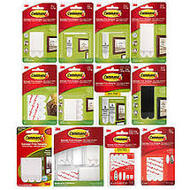 We learned about these amazing pieces of technology by 3M on YouTube. Command Strips come in various shapes, sizes, weight capacities, and colors to help you organize your coach and make it more homey. We use them to store our TV remote, organize belts, hang our shower squeegee, hold our keys, hang pictures and our all-important United States RV map on the wall, and a whole lot more. Those are our six must-have RV gadgets. What are yours? |
AuthorThis is the travel blog of full-time RVers Bob and Lana Gates and our truck, Gulliver, and fifth wheel, Tagalong. Categories
All
Archives
July 2024
|
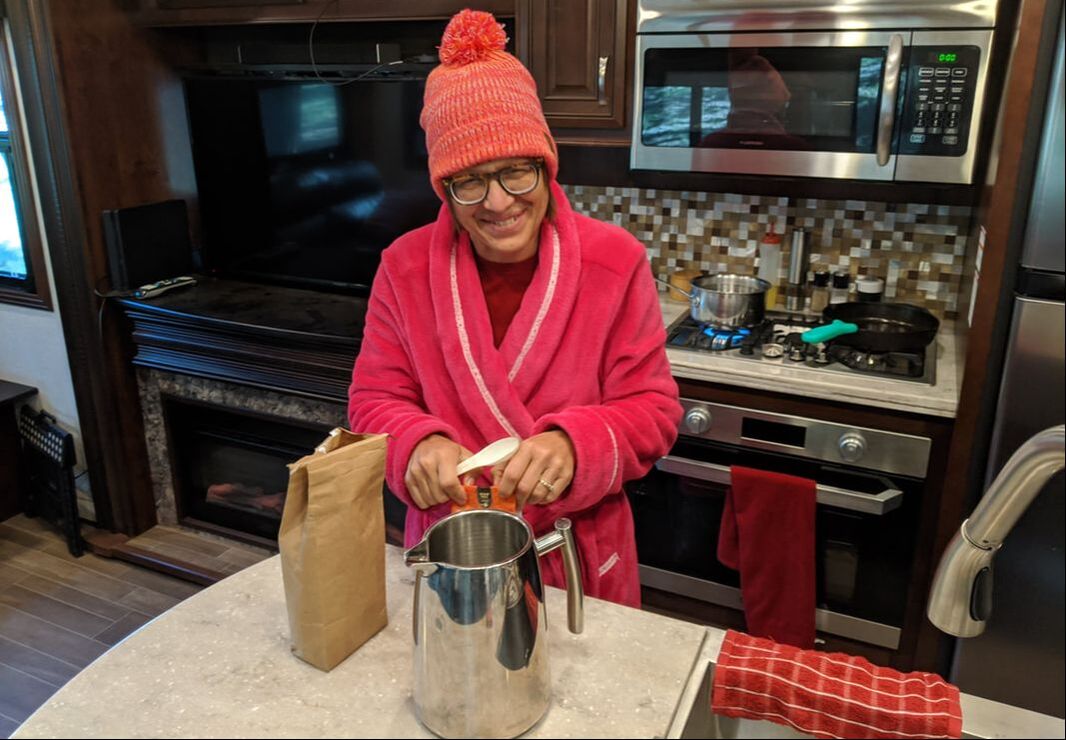
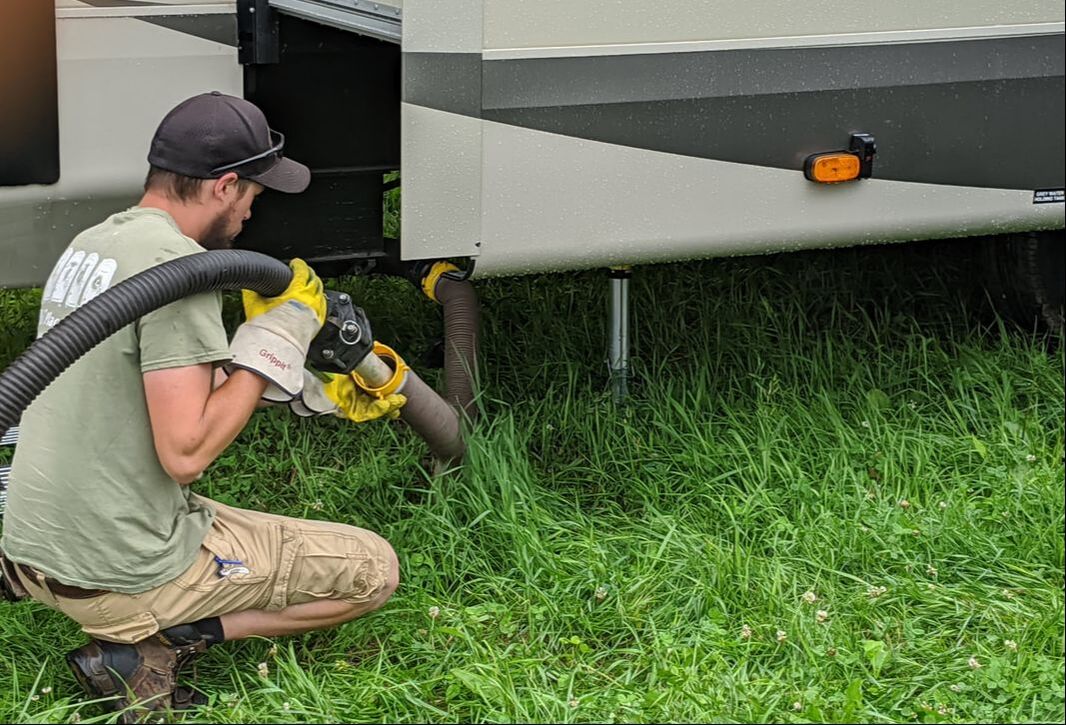


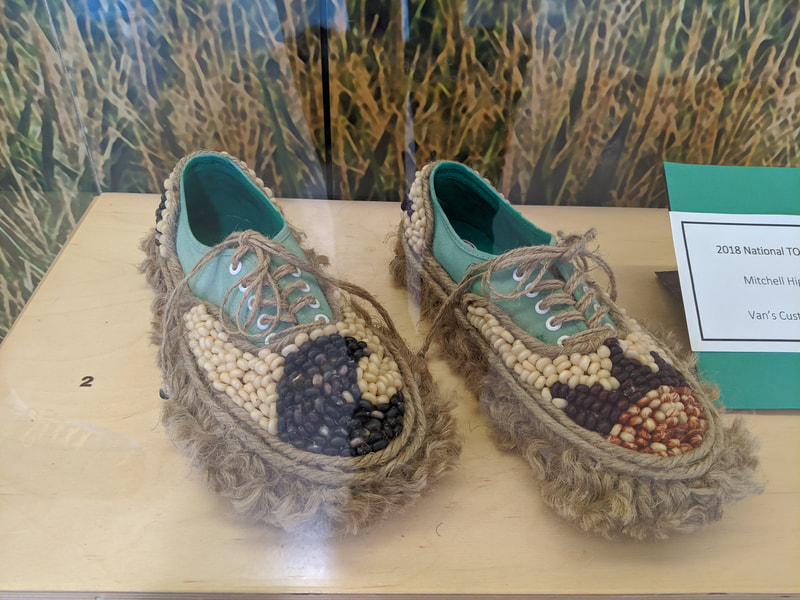


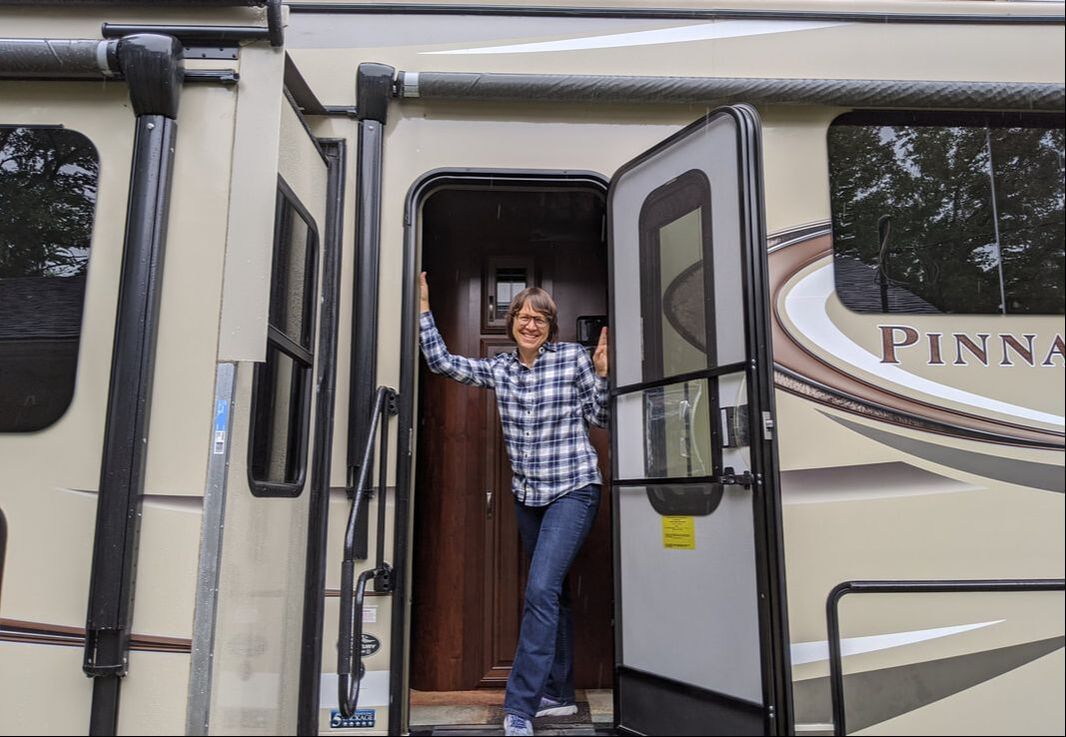
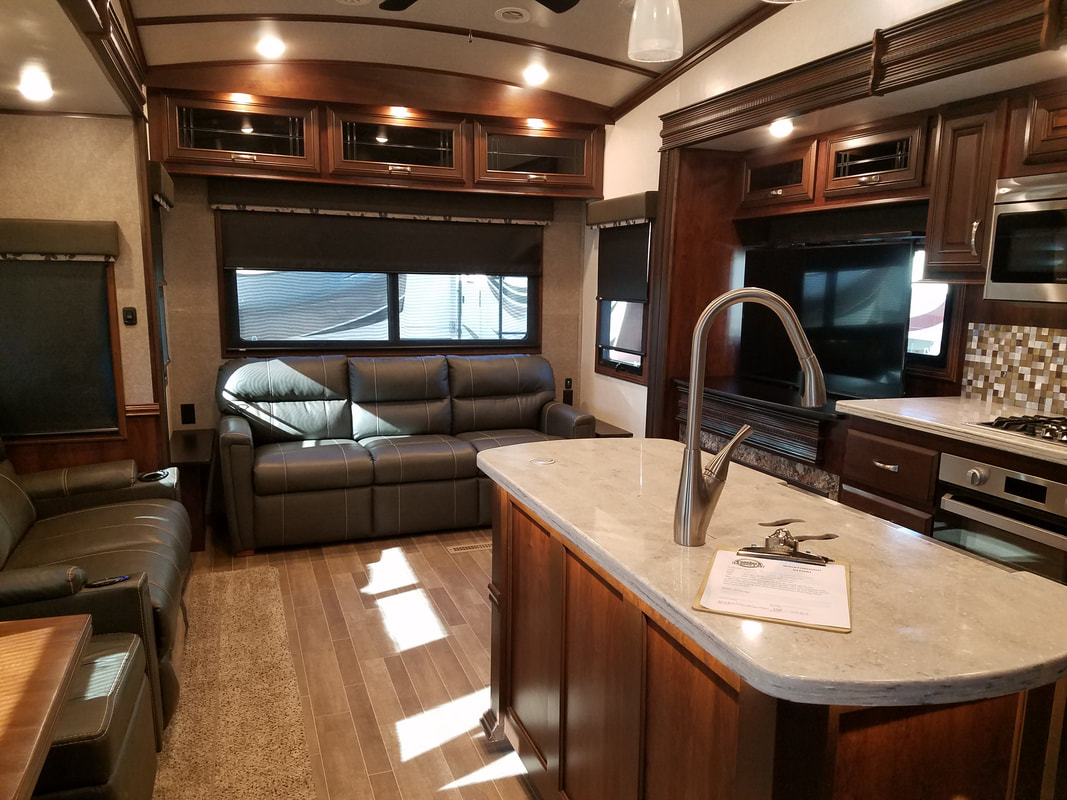
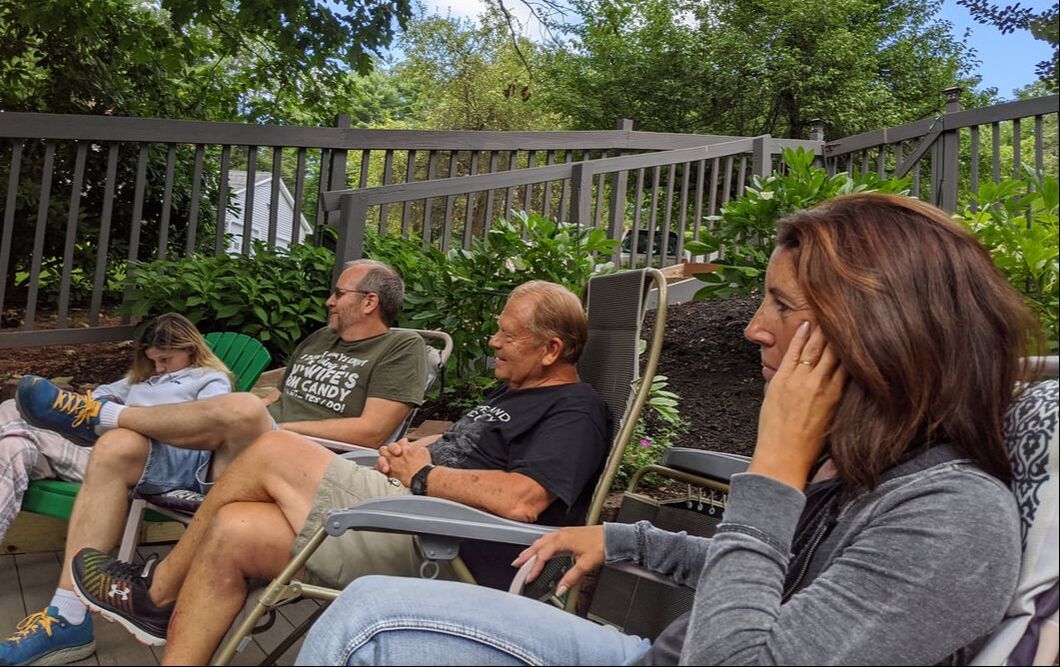
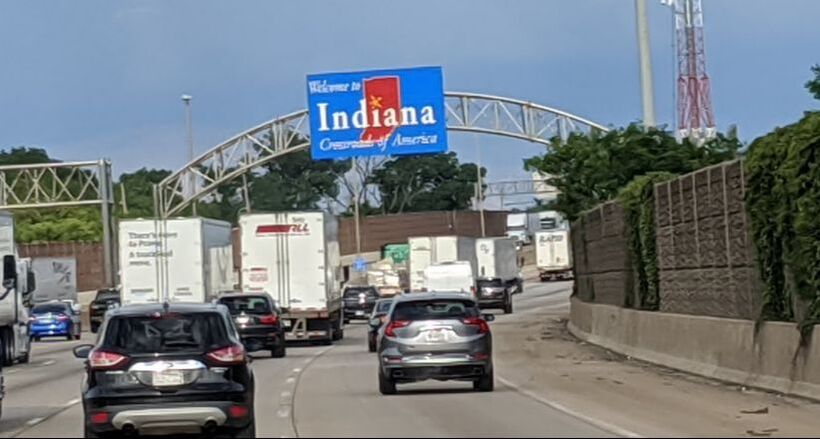
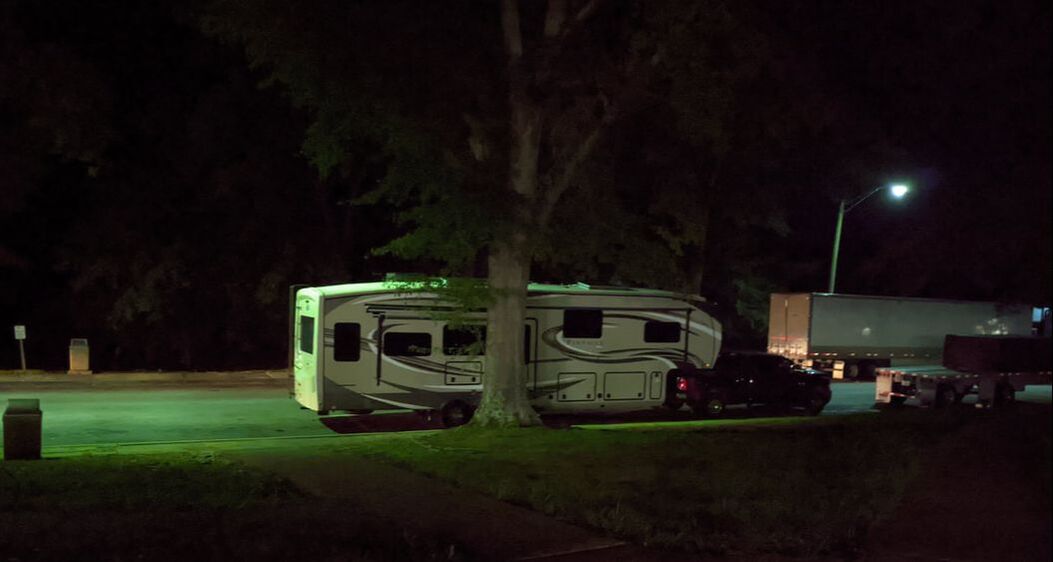
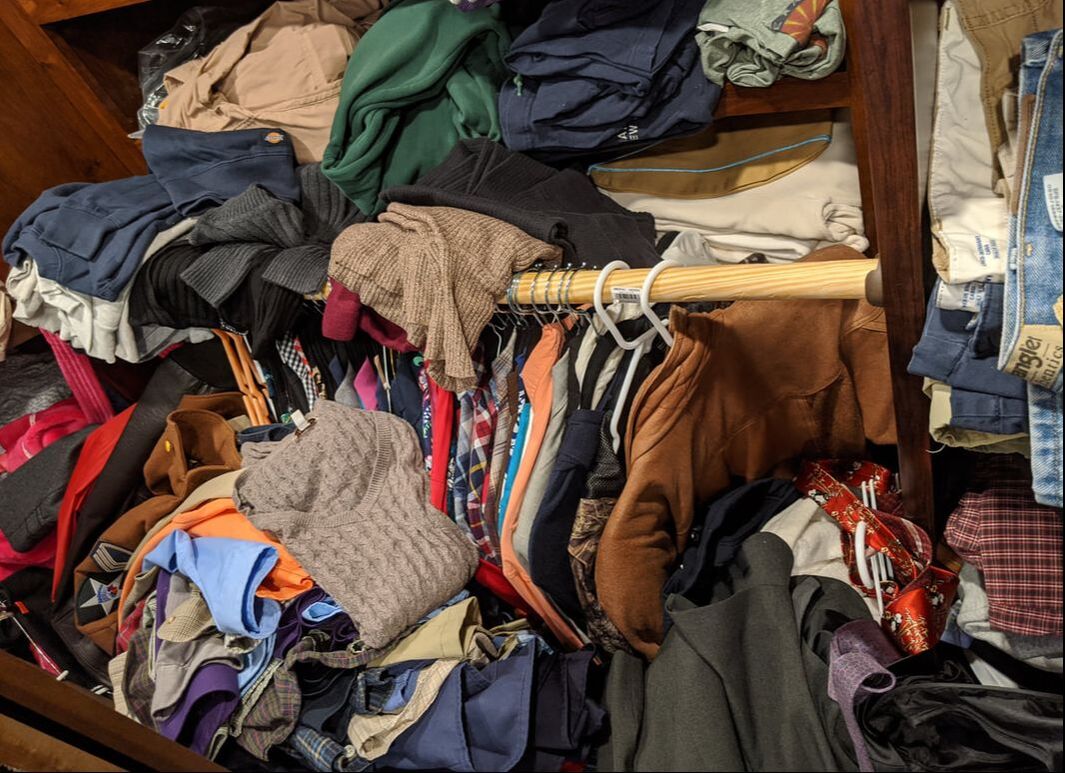
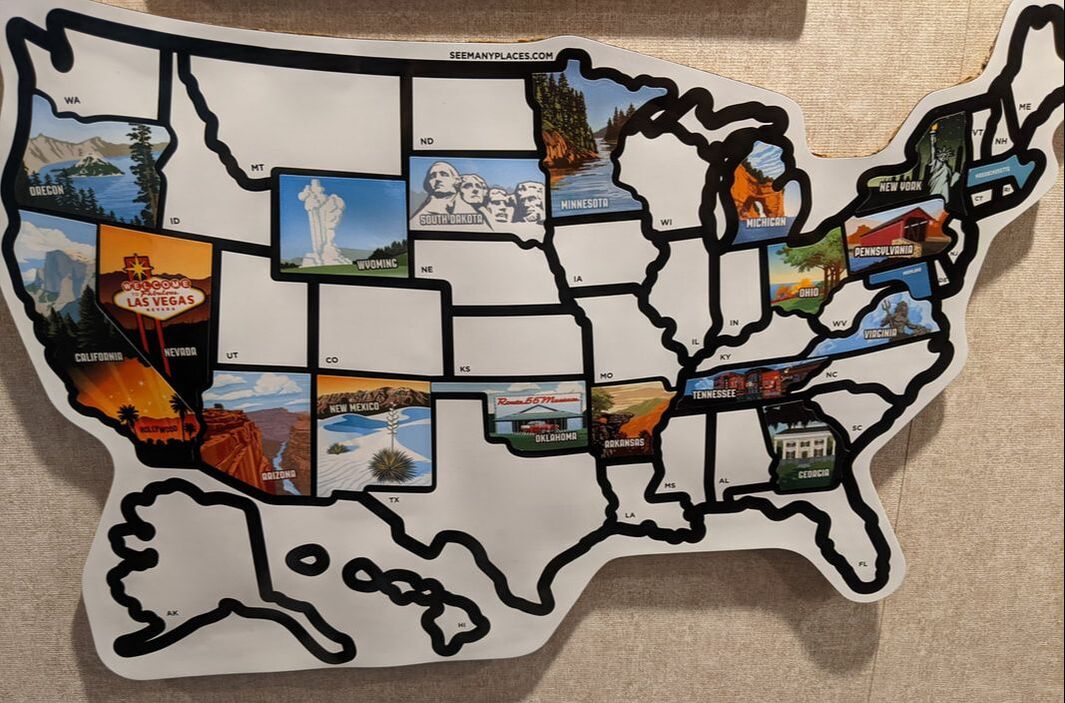
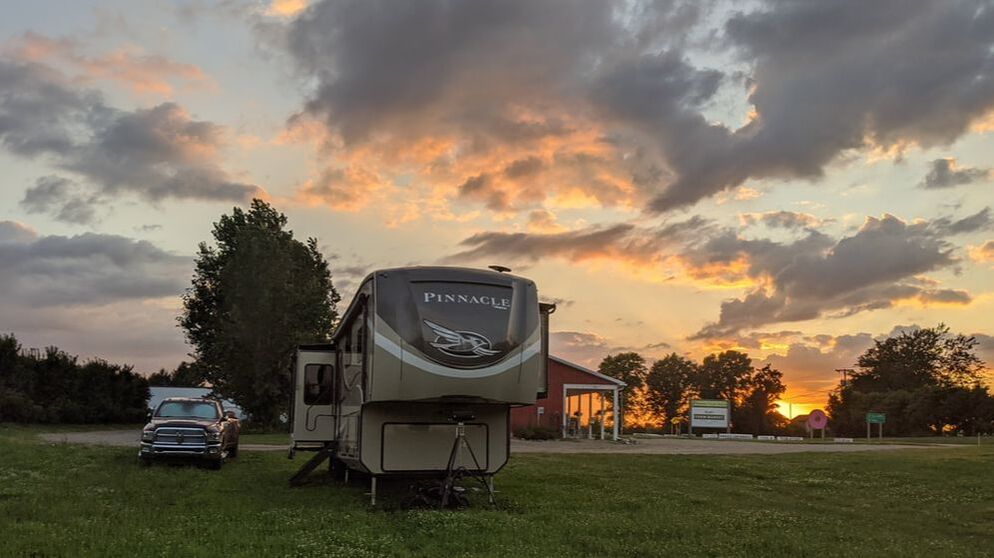
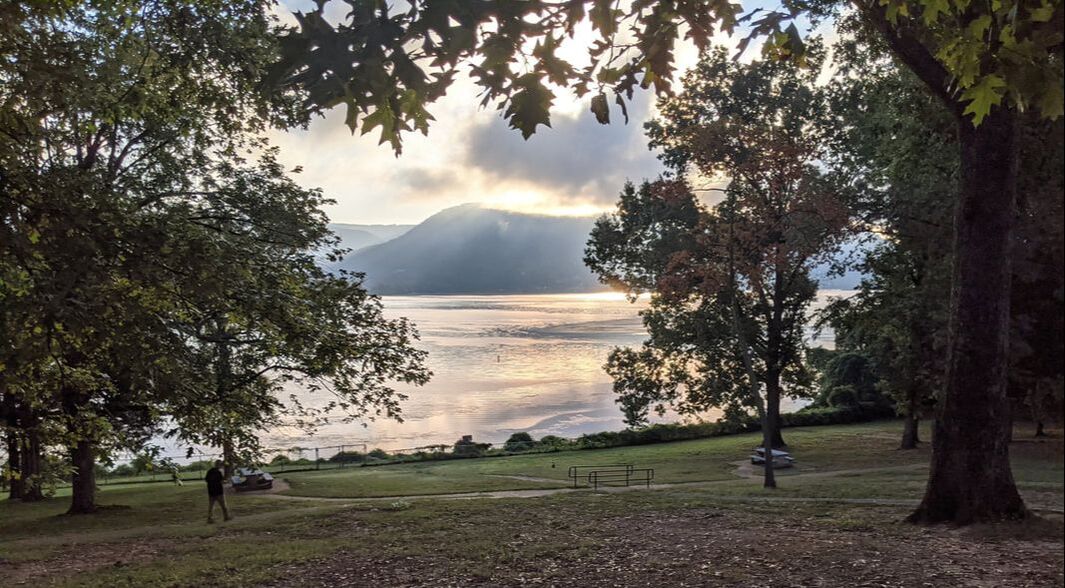
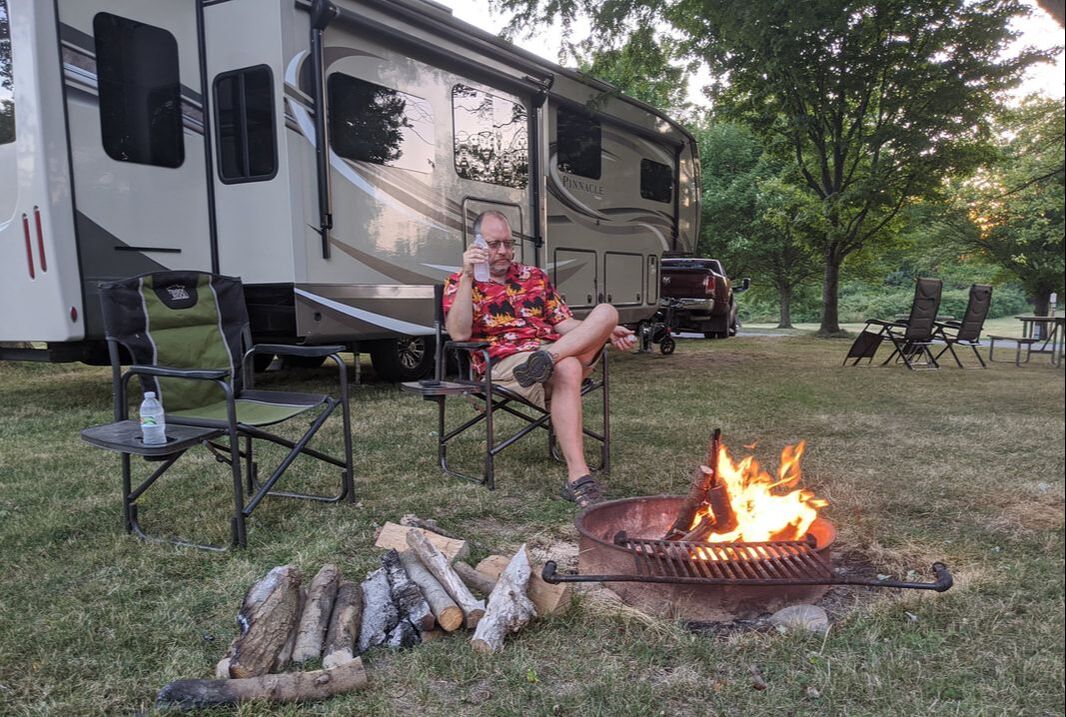
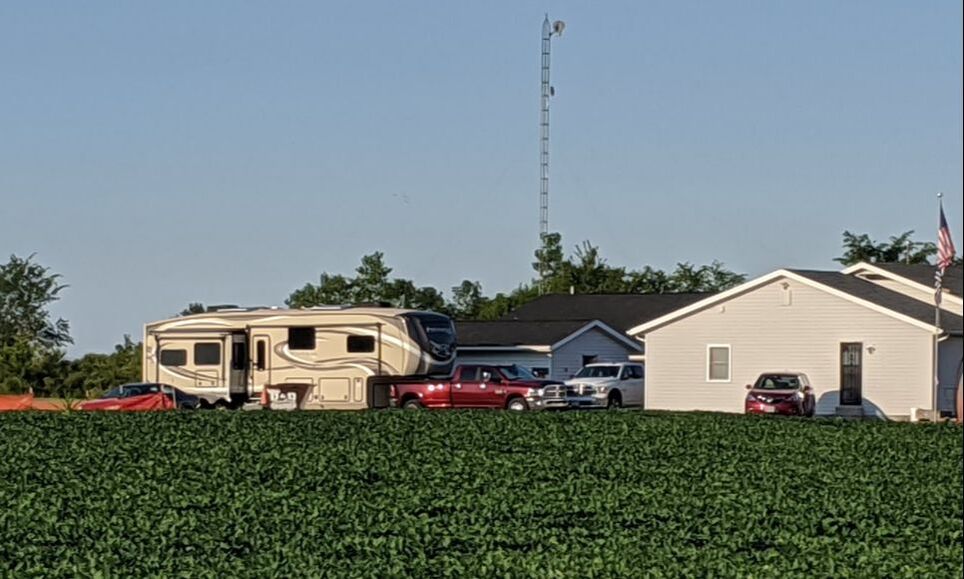

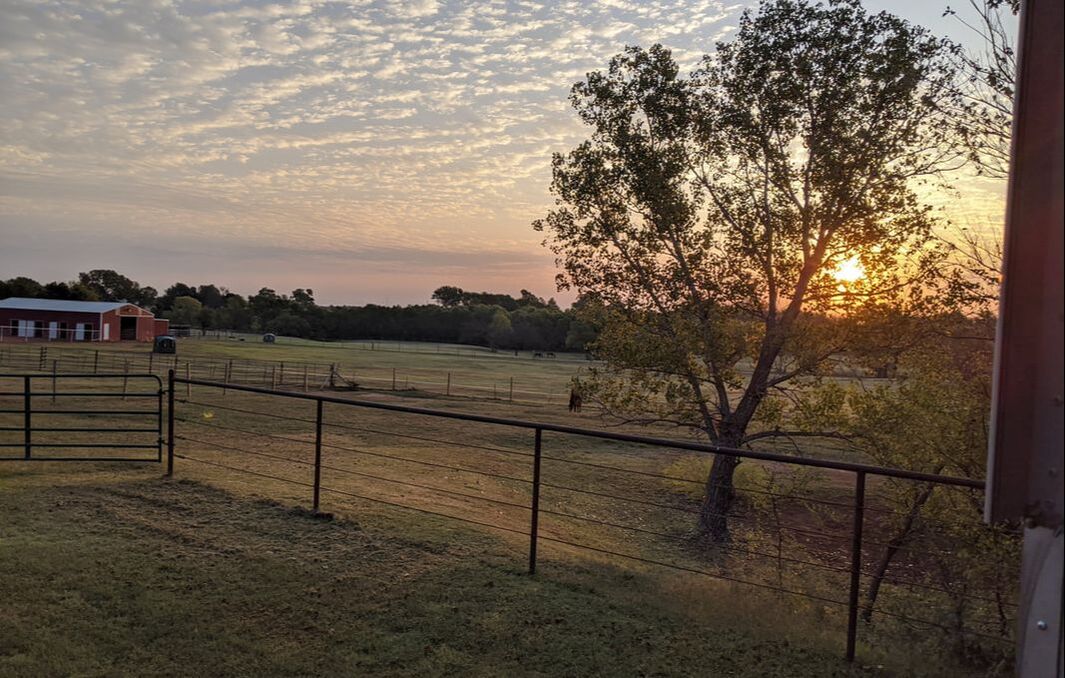
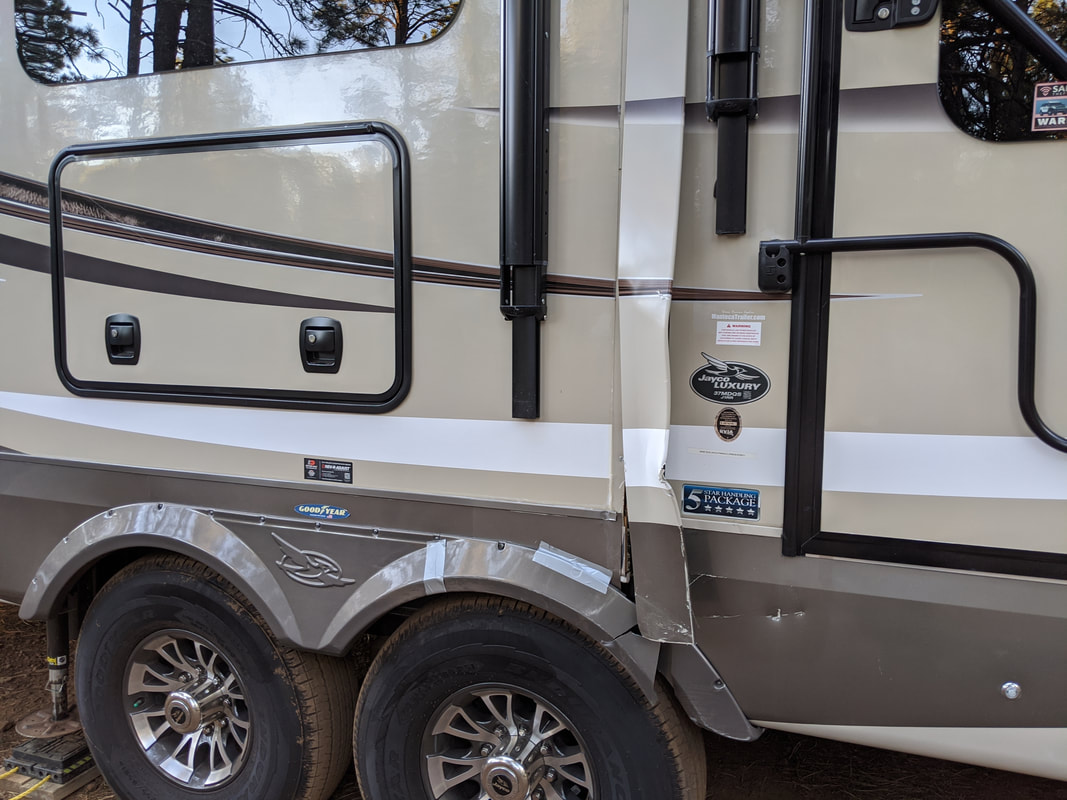

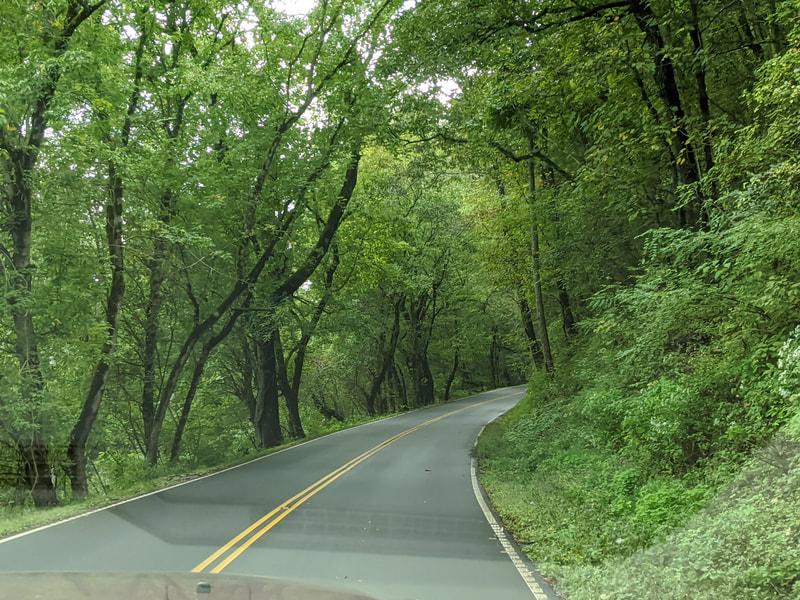
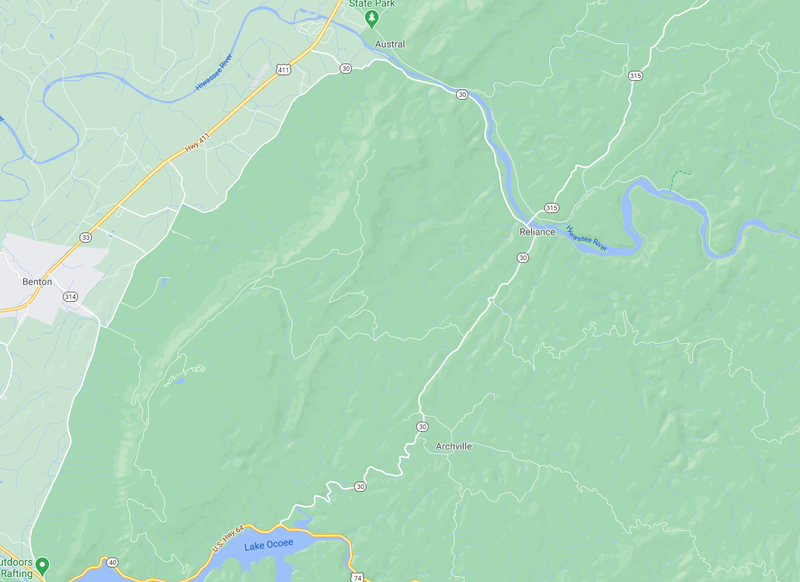
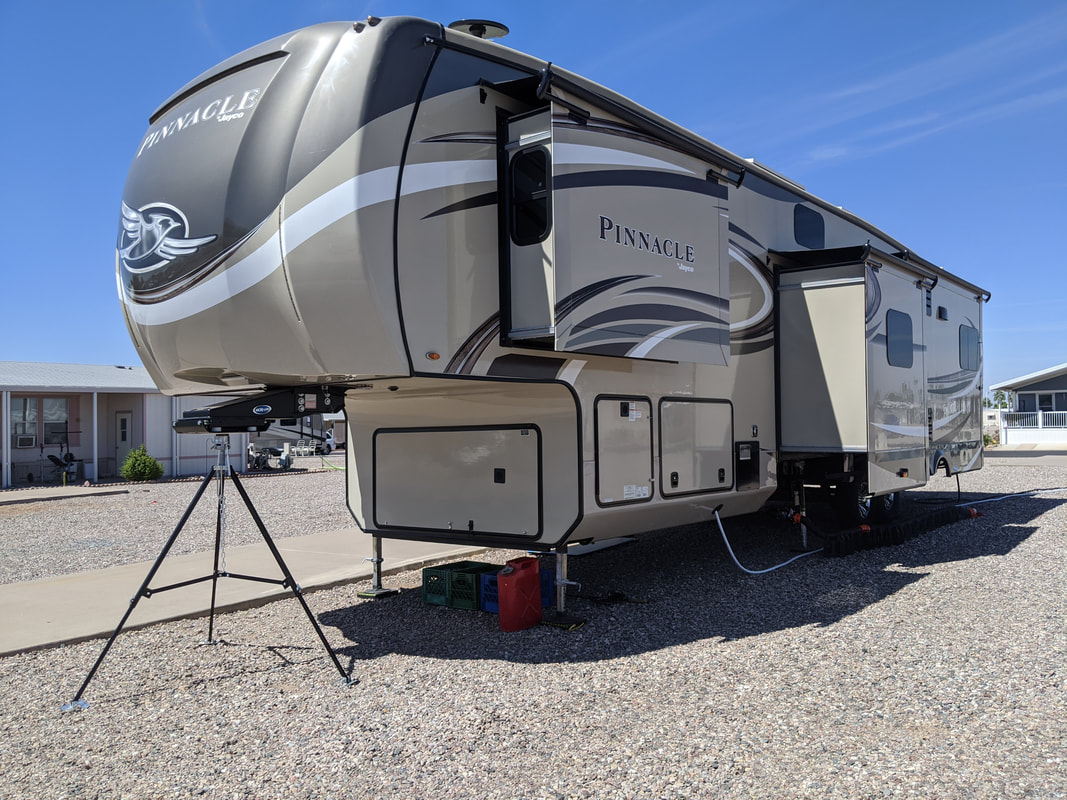
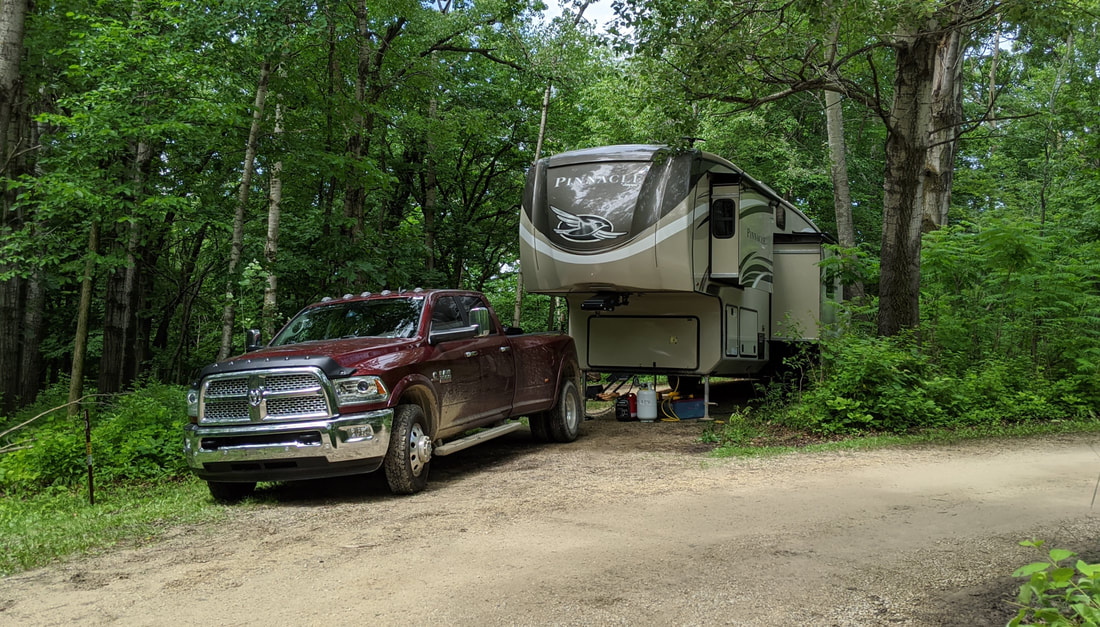
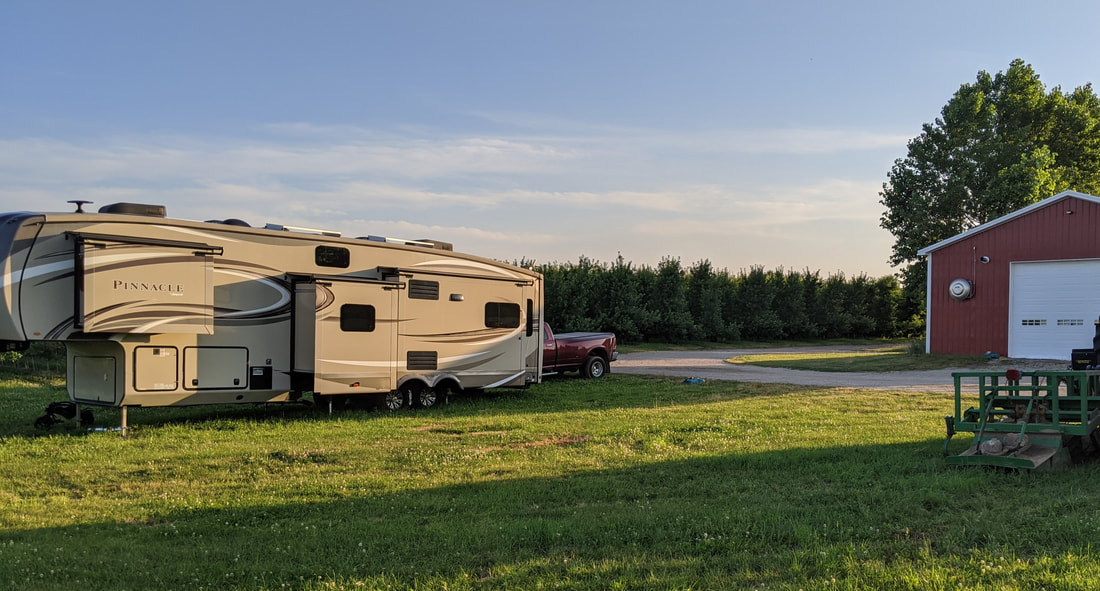
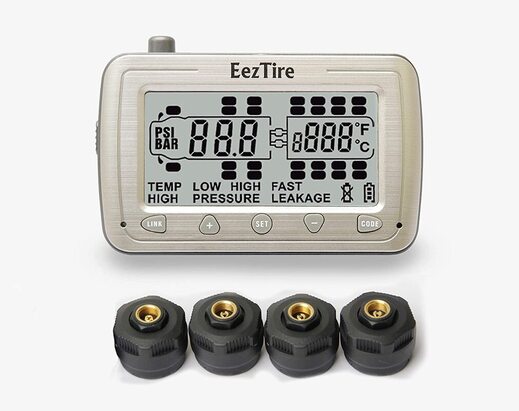
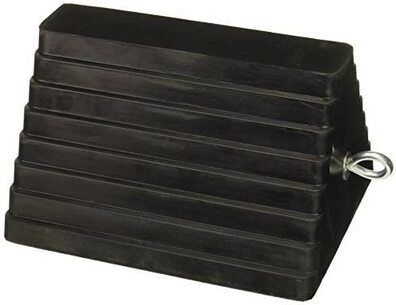
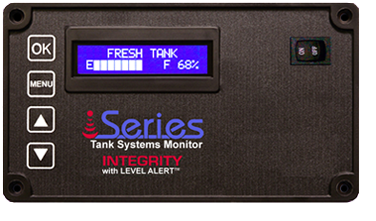
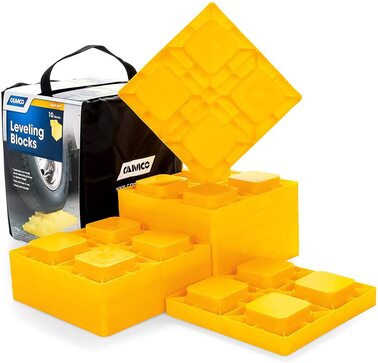
 RSS Feed
RSS Feed